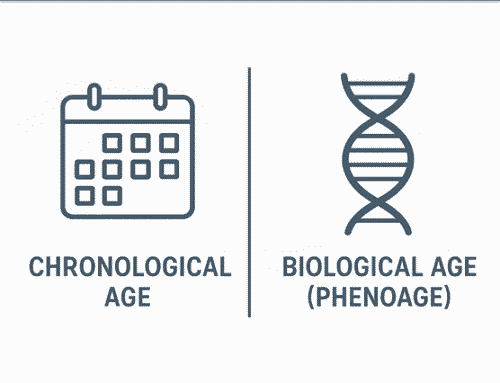I am a Chiropractor
The Chiropractor’s Role in Whole-Body Wellness
I am a Chiropractor. Many people come to a Chiropractor with a wide range of presentations and, from within a relatively slender scope of practice, we find a way to help.
I feel that, in the face of the very complicated entity that is a person- their wellness and the disorders thereof, that finding clarity in management and treatment is essential for successful outcomes. The highest level of a successful outcome can be said to have arrived at a resolution which includes a patients’ self-stewardship; teaching a person to fish is far more valuable than giving them a fish.
By recognizing that our health and wellness are affectable by histological, nuts and bolts considerations, behavioral factors, and environmental factors we can find an improved vision for problem management and improved strength and wellness.
Chiropractic Care for Joints, Muscles, and Tissues
Histological: A fancy word for the tissues of the body. The Chiropractor is often thought of as adjusting bones. The Chiropractic adjustment actually addresses the joints, the places of articulation of the bones that make up the skeletal structure. The muscles, tendons, and fascia together with the bones and joints compose the field of engagement for the hands-on intervention that is Chiropractic. There are times when other tissues are relevant and may require attending.
How Posture and Behavior Affect Chiropractic Health
Behavioral: It’s probably fair to say that barring trauma, the majority of the people that land on the Chiropractors’ table are there because of what they are doing or what they aren’t doing. Disturbed bearing and posture often reflect patterns of activity or inactivity (usually both) and defining a picture that contrasts the difference between where a person is now vs an optimized and sustainable functionality is at the center of making the transition between getting adjusted to staying adjusted. When circumstances seem to permit, we employ a care model that, from the first encounter, builds value into our process that becomes treatment results with the best chances of being lasting; an adjustment that a person can take home and make their own.
Nutrition and Chiropractic Care: How Diet Influences Results
Environmental: Probably our most important interaction with our environment is our diet. In a problem-oriented care model, the simplest interventions that would yield a successful outcome should be the focus of management. For many people, this becomes the adjustment. The person who responds well to the adjustment but doesn’t find the results lasting often has complications of other tissues, behavior, or environmental/biochemical considerations and it is under these circumstances that we find the care process must become more encompassing than simply an adjustment. Many complicated presentations resolve with dietary intervention. Often, it’s a mineral or a metabolic support ingredient. For some, greater changes are necessary.
Written by: Donaid Seals D.C
Dr. Seals is a practicing Doctor of Chiropractic with over 25 years of experience caring for people. His thinking is the product of his education, practice experience and many years in the natural foods and fitness industry. He has become living proof that old muscleheads don’t die-or fade away; sometimes they grow up to bring real-world expertise to the clinical picture. Traditional background information is available here.



[…] Sounds like good counsel. I have come to see that the high bar for success in my field as a chiropractor is to have arrived at a solution for my patient which leaves him/her better in a lasting way. This […]
This post is extremely radiant. I extremely like this post. It is outstanding amongst other posts that I’ve read in quite a while. Much obliged for this better than average post. I truly value it!
This post is extremely radiant. I really like this post. It is outstanding amongst other posts that I’ve read in quite a while. Much obliged for this better than average post. I truly value it!
Blog comments: This post is great. Compared to other posts I’ve seen recently, this one is exceptional. Thank you very much for this excellent post. I genuinely appreciate it!
Blog comments: This post is great. Compared to other posts I’ve seen recently, this one is exceptional. Thank you very much for this excellent post. I genuinely appreciate it!
Title should be “I am the best Chiropractor” Thank you for all the information
[…] as a provider of manual care, can often be a good resource in managing knee issues. The chiropractor will look at the knee the same way every joint is looked at, by considering the articulation itself […]
[…] to the Chiropractic field when trying to build or maintain a healthy lifestyle for themselves. Chiropractic doctors have a very strong understanding of how to achieve a state of wellbeing or health and the […]